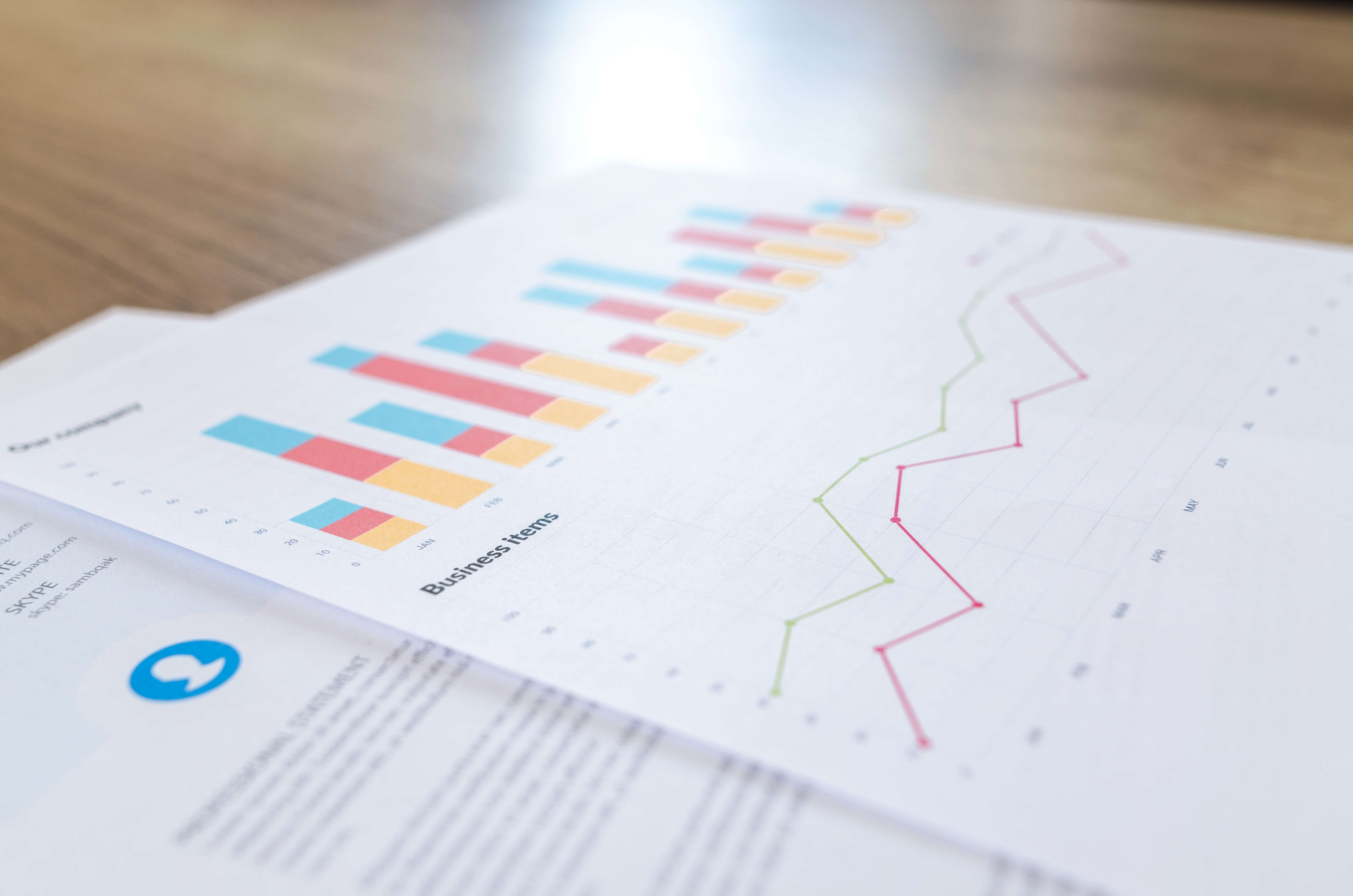
Gartner study says APAC leading the race for data and analytics maturity | Source: Pexels
Data and analytics maturity: A global report card
DIGITAL transformation has been a top priority for most companies, at least for a few years now. Data and analytics, one of the building blocks of that transformation, seems to be a challenge for many companies today.
Businesses seem to struggle to embrace the concept, build the technology into its processes, and leverage it to take the organization to new heights. In a digital marketplace, data and analytics capabilities are more of a necessity than a nice to have.
According to Gartner, a survey of 196 organizations revealed that 91 percent have not yet reached a transformational level of maturity in data and analytics, despite the time and resources invested into it in recent years.
The global survey asked respondents to rate their organizations according to Gartner’s five levels of maturity for data and analytics. Level 1 being ‘basic’, progressing up to level 5 where organizations seem to adopt an outside-in perspective, have a Chief Data Officer on board, and are tagged as being ‘transformational’,
The survey found that 60 percent of respondents worldwide rated themselves in the lowest three levels.
Gartner’s study revealed that 48 percent of organizations in Asia Pacific (APAC) reported their data and analytics maturity to be in the top two levels. In North America, this figure stood at 44 percent, and in Europe, the Middle East, and Africa (EMEA) at 30 percent .
“Most organizations should be doing better with data and analytics, given the potential benefits,” said Nick Heudecker, Research Vice President at Gartner.
“Organizations at transformational levels of maturity enjoy increased agility, better integration with partners and suppliers, and easier use of advanced predictive and prescriptive forms of analytics. This all translates to competitive advantage and differentiation,” he added.
Findings suggest that despite a lot of attention around advanced forms of analytics, 64 percent of organizations believe that enterprise reporting and dashboards are the most business-critical applications for data and analytics.
While the survey couldn’t identify a clear reason why organizations struggle to increase their use of data and analytics, it identified three most common barriers as:
- defining data and analytics strategy
- determining how to get value from projects
- solving risk and governance issues

Analytics is about more than just dashboards, charts, and reports | Source: Pexels
“It’s easy to get carried away with new technologies such as machine learning and artificial intelligence but traditional forms of analytics and business intelligence remain a crucial part of how organizations are run today, and this is unlikely to change in the near future,” believes Heudecker.
He suggests that companies avoid assuming that acquiring new technology is essential to reach transformational levels of maturity in data and analytics. He recommends that CIOs must first focus on improving how people and processes are coordinated inside the organization, and then look at how they can enhance their practices with external partners.
READ MORE
- Ethical AI: The renewed importance of safeguarding data and customer privacy in Generative AI applications
- How Japan balances AI-driven opportunities with cybersecurity needs
- Deploying SASE: Benchmarking your approach
- Insurance everywhere all at once: the digital transformation of the APAC insurance industry
- Google parent Alphabet eyes HubSpot: A potential acquisition shaping the future of CRM






